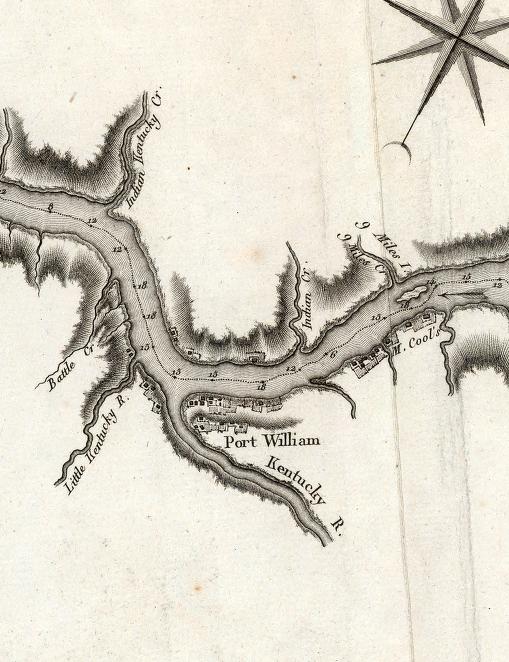But no one has claimed someone they knew was Dr. Henry Small, who led the band of thieves and who framed Ralph for theft, or Pete Jones, the corrupt county commissioner who was siphoning off money that was supposed to be spent on care for those in the poor house, like Shocky and Hannah’s mom, Mrs. Thomson. Yet, these less than savory characters provide the dramatic conflict for the work.
George Cary Eggleston, Edward’s brother, taught at the Rykers’ Ridge School before the Civil War and it was his experiences that formed the basis of many episodes in the novel. George Cary wrote about this in his book “Recollections of a Varied Life” in which he quoted his brother.
“I have a mind, Geordie,” he [ Edward] said, “to write a number three story, called ‘Hoosier Schoolmaster,’ and to found it on your experiences at Ryker’s Ridge.”
However, George Cary, known for his book about his experiences as a Confederate soldier, said that Edward was too good a writer to base the characters on specific individuals. He continued that Edward “made one or two personages among my pupils the models from which he drew certain of his characters but beyond that the experiences which suggested the story in no way went into the construction. George Cary got the Ryker’s Ridge job at the age of 16, which places the period at roughly 1855.
It seems clear Edward did use some specific people as the base. George’s Cary’s pupil Charley Grebe, who bears a surname from the area, had thrashed “the master,” as was the threat in the book. Descendants of a branch of the Buchanan family that moved to Illinois cited the Jeams Buchanan of the novel as part of their clan. And Bud Means, whose real name turns out as Israel Means, at the end of the story, was the name of a resident of Craig Township in Switzerland County who was born about 1830, about the right age for the Bud of the book. And he mentions other area families such as the Banta, while the Rev. Mr. Bosaw also bore a Switzerland County surname.
Eggleston frames the villains with a geography that is semi-real, especially when the Ralph Hartsook, the book’s hero, was visiting Pete Jones’ house.
Ralph "remembered that the region lying on Flat Creek and Clifty Creek had the reputation of being infest with thieves, who practiced horse-stealing and house-breaking."The political corruption was also described in some detail.
Eggleston said the poor house as being in bad repair "for though the commissioners allowed a claim for repairs at every meeting, the repairs were never made, and it would not do to scrutinize Mr. Jones's bills too closely, unless you gave up all hope of re-nomination to office. …" Bill Jones, the poor house superintendent, had threatened to bind out Shocky (for money) because Mrs. Thomson spoke out against him, and Pete Jones, a county commissioner.
The fact that the Joneses were also in cahoots with Dr. Small, suggests Eggleston patterned these events on the way county business was performed. No, Small and Jones probably weren’t based on specific people. But it is clear, this too, was part of the Jefferson County experience.


No comments:
Post a Comment